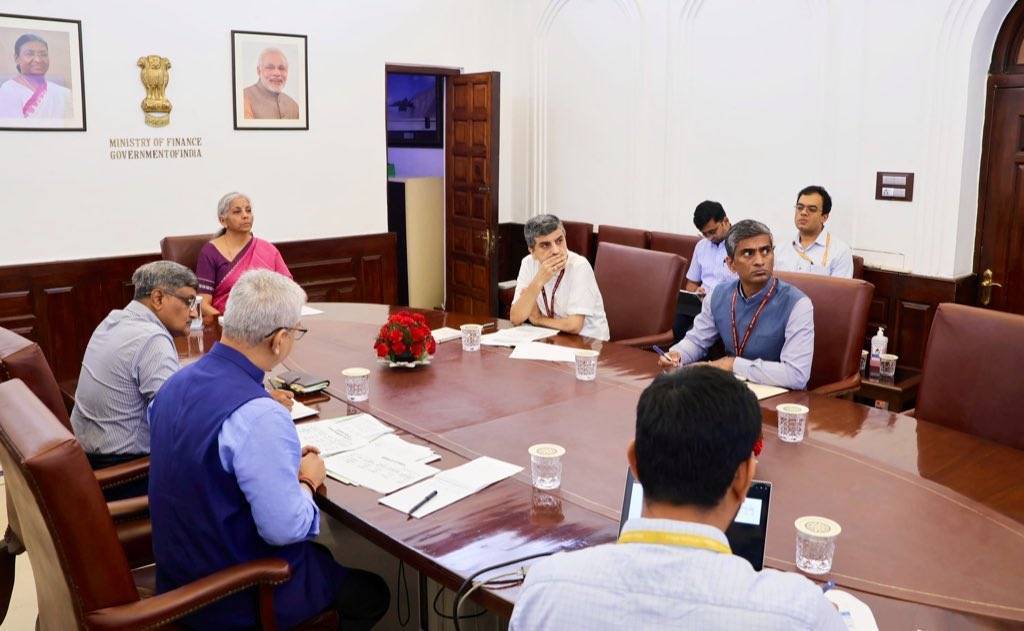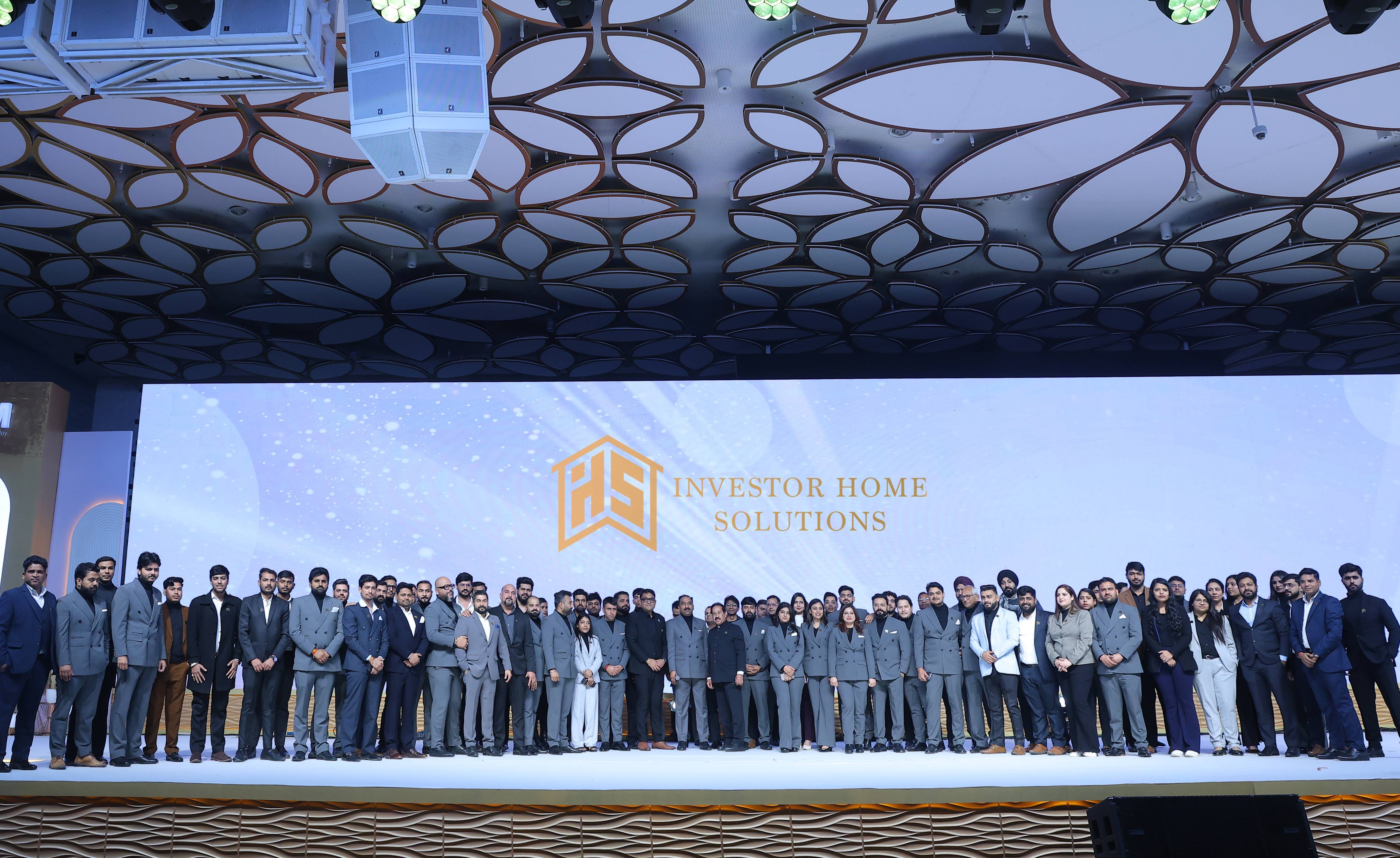Union Finance Minister FM Nirmala Sitharaman, in a review meeting urged the Ministry of Housing and Urban Affairs (MoHUA) to ensure the full utilisation of its budgeted capital expenditure (capex) for the fiscal year 2024-25. The budgeted allocation for MoHUA stands at ₹28,628 crore, and FM Sitharaman emphasised the critical importance of meeting capex targets for accelerating urban infrastructure growth and addressing housing needs.
The meeting focused on expediting projects under various schemes, with special attention to affordable housing and urban transport infrastructure. As the government gears up to ramp up spending in these areas, the ripple effects are expected to significantly impact sectors like cement, construction materials, and housing finance, benefiting the companies that operate within these industries.
Importance of Capex Utilisation in Economic Growth
Capital expenditure refers to funds allocated by the government for creating, acquiring, or maintaining fixed assets, such as buildings, transportation systems, and infrastructure. Full capex utilisation is vital to driving India's growth trajectory, particularly when it comes to infrastructure development, job creation, and economic resilience. Effective capex spending is closely linked with the broader goal of boosting productivity and creating multiplier effects in the economy, as it leads to the development of long-lasting assets that drive sustained economic activity.
For the fiscal year 2024-25, MoHUA's capex targets revolve primarily around the expansion of housing and transportation infrastructure. The timely and full execution of these projects is expected to have far-reaching benefits, particularly in urban areas where infrastructure gaps are more apparent. Any delays or underutilisation of the allocated budget would slow down the progress of these essential projects, which could have significant repercussions for related industries such as construction, real estate, and housing finance.
Pradhan Mantri Awas Yojana (Urban): A Key Focus Area
One of the core areas of discussion during the meeting was the progress of the Pradhan Mantri Awas Yojana (Urban) [PMAY(U)]—the government’s flagship scheme aimed at providing affordable housing to urban low-income families. Launched in 2015, PMAY(U) has been instrumental in narrowing the housing gap in India’s rapidly growing cities. The scheme focuses on incentivising affordable housing projects, providing subsidies to developers, and offering financial assistance to beneficiaries.
The urban housing shortage remains a pressing issue, particularly with the increasing migration to cities for employment. The housing demand in urban centers continues to outstrip supply, especially in the affordable segment. The government, through PMAY(U), aims to meet this challenge by building millions of homes for the economically weaker sections of society.
FM Sitharaman's emphasis on the scheme underscores its importance as a critical component of India's urban growth strategy. She highlighted the need for rapid implementation, encouraging MoHUA officials to expedite the construction of homes under the scheme. The faster completion of these housing units not only addresses the housing needs but also stimulates economic activity by providing jobs in the construction sector and increasing demand for building materials.
Boost for Cement, Construction, and Housing Finance
As the government accelerates spending under PMAY(U), the cement and construction material industries are poised to see a sharp increase in demand. Affordable housing projects require large quantities of cement, steel, and other building materials, offering a boost to suppliers of these products. Cement companies, in particular, are likely to benefit significantly as the construction of homes, urban infrastructure, and public works gains momentum.
Apart from cement, housing finance companies are also set to reap rewards as more people access home loans under PMAY(U) due to government subsidies and lower interest rates. The scheme has already attracted a large number of beneficiaries, and with a renewed push from the Finance Ministry, housing finance firms are expected to see an increase in loan disbursements.
Urban infrastructure projects, such as Metro Rail expansions and the Regional Rapid Transit System (RRTS), were also highlighted as priorities during the meeting. These projects, which aim to improve urban mobility and reduce congestion, are capital-intensive and require substantial investments in equipment, technology, and manpower. As these projects gather pace, suppliers and service providers in the infrastructure sector will also experience increased demand, potentially driving up their market value.
The Finance Ministry’s insistence on fully utilising the allocated budget for these projects means that companies operating in the transportation and infrastructure space can expect strong growth in the near future. The execution of these projects not only brings about immediate benefits in terms of better urban connectivity but also contributes to the long-term economic development of cities.
Urban Transport: Metro Rail and RRTS
FM Sitharaman also pushed for faster execution of capex projects related to urban transport, including Metro Rail and the Regional Rapid Transit System (RRTS). These projects are crucial for enhancing urban mobility in India's rapidly expanding cities.
The Metro Rail projects, currently operational or under construction in multiple cities, have been instrumental in easing traffic congestion, lowering travel times, and reducing carbon emissions. FM Sitharaman emphasised that meeting capex targets for these projects was imperative to achieve their desired impact. Similarly, the RRTS, which aims to connect key urban centers to surrounding regions, holds the potential to transform intra-state travel, making it more efficient and accessible.
Both the Metro Rail and RRTS projects are seen as long-term investments in the nation's infrastructure that will facilitate economic growth by improving transport efficiency, encouraging tourism, and lowering the cost of business operations in cities.
Market Optimism for Capex-Linked Stocks
The Finance Minister's push for capex utilisation is expected to create a ripple effect in the stock market, particularly for companies operating in sectors closely linked to infrastructure, housing, and construction. Cement producers, building material suppliers, and housing finance companies are expected to see an increase in demand as these sectors ramp up production to meet the government’s infrastructure targets.
Housing finance companies, in particular, may witness a surge in demand for affordable housing loans, driven by increased construction under the PMAY(U) scheme. As more homebuyers benefit from government-backed incentives and subsidies, housing finance firms are likely to see higher loan disbursements and improved balance sheets. Similarly, cement manufacturers and construction companies will benefit from the uptick in infrastructure projects, making them attractive to investors seeking growth in capex-linked sectors.
Conclusion
Union Finance Minister FM Nirmala Sitharaman’s directive for MoHUA to fully utilise its ₹28,628 crore capex allocation underlines the government’s commitment to infrastructure development and housing expansion. Sectors like cement, construction materials, and housing finance stand to benefit as the government accelerates spending on projects like PMAY(U) and urban transport systems. Full capex utilisation in these areas will not only drive short-term economic gains but also lay the groundwork for long-term urban growth and sustainability.









.png)